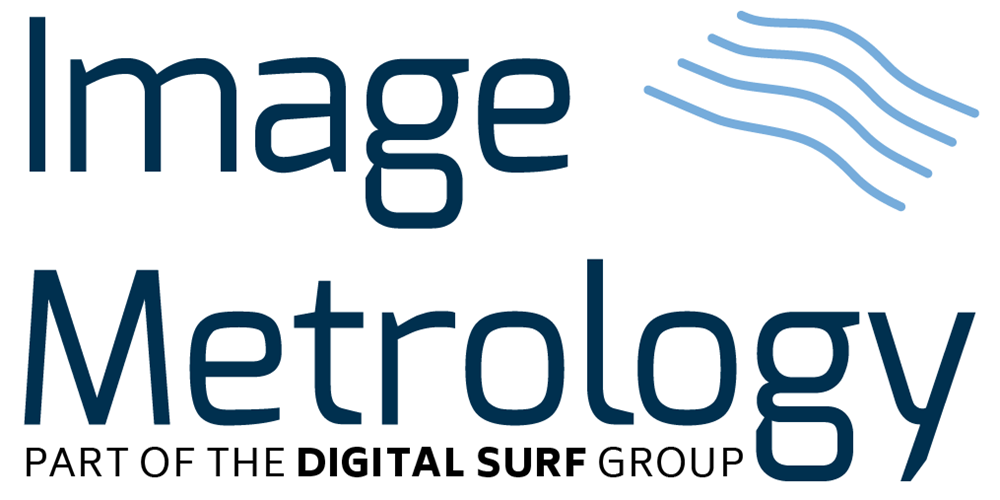With the Correlation Averaging module it is possible to enhance weak structures by finding various instances of a characteristic structure and calculating the average.
This is particularly valuable for revealing the details of the unit cell in patterns of self-assembled molecules.
Correlation Averaging for Microscopy Images
When measuring at the nanometer or atomic scale the noise is often considerable compared to the contrast of the surface features of interest. Traditional noise filtering, for example smoothing or median filtering, can improve the image, but also modifies the image data.
However, when the features of interest are repeated (random or periodic) in the image the advanced Correlation Averaging technique in SPIP™ can take advantage of this and average all instances of a feature. This greatly suppresses random noise without the need to manipulate the data.
SPIP™ can even highlight any characteristic difference in the various instances of the characteristic structure.
The technique can be performed with few mouse clicks, and it can be combined different types of evaluations, for example step-height and uniformity evaluations.
Example:

STM image of Corenene molecules, C24H12, lying in two different configurations. In the upper right part of the image they are lying flat in a close packed hexagonal structure, in the lower left part they are standing up (courtesy K.W. Hipps, WSU)

Result after Correlation Averaging of close packed flat lying Coronene molecules imaged using STM (Courtesy: K.W. Hipps, WSU).

Template matching map used in Correlation Averaging of close packed flat lying Coronene molecules imaged using STM (Courtesy: K.W. Hipps, WSU).

Result from Correlation Averaging. The original image is shown along with the zoom (template) used of for averaging, plus the template matching map and the averaged result and its height distribution is shown. (Courtesy: K.W. Hipps, WSU).



